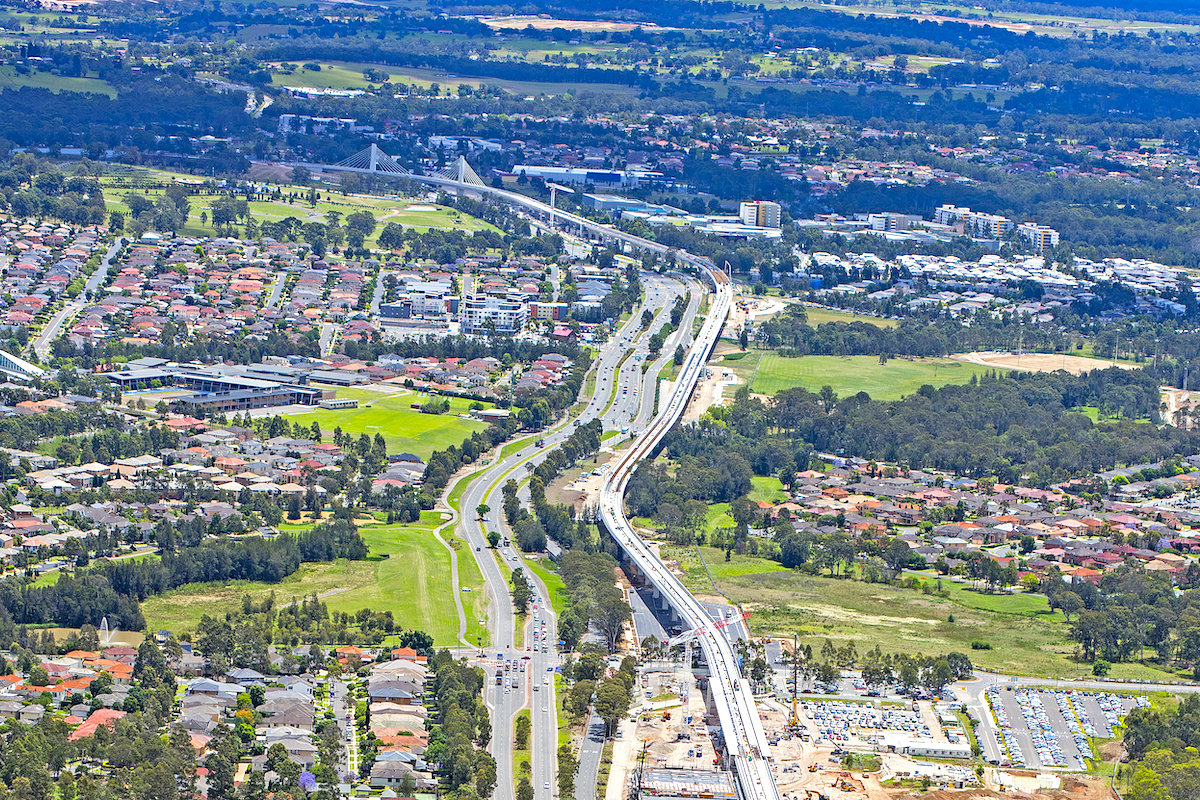
What’s in a Hills District name?
Did you know that today, seven of the 35 Hills Shire suburbs are ‘Hills’? They are Baulkham Hills, Beaumont Hills, Castle Hill, Rouse Hill, West Pennant Hills, Box Hill and Winston Hills. We’ve unearthed some fascinating nuggets about the Hills District’s past – maybe you can use them in your next game of Trivia!
- In case you didn’t know, the name Winston Hills commemorates Britain’s wartime prime minister, Winston Churchill, who died in 1965 – the year that the estate was bought by a developer and seven years before it became an official suburb. Officials reportedly toyed with the tongue-twisting Churchill Hills and thankfully rejected it.
- Baulkham Hills was named by Andrew McDougall, a settler from Buckholm Hills in Scotland. The name, which reminded McDougall of his homeland, was officially recognised in 1802. The first European settler of the area was William Joyce, who was given a 30-acre grant in 1794.
- Beaumont Hills was originally a housing estate and is thought to be named after the birthplace of builder-developer A.V. Jennings’s wife. The name was assigned as a suburb by the NSW Geographical Names Board in 2003.
- Box Hill was named either for a stand of box trees or, more interestingly, because city folk in colonial times used to build ‘hunting boxes’, or lodges, on hilltops when they spent a few days in the country hunting kangaroos. The surviving Hunting Lodge, Box Hill is thought to have been built on Governor Bligh’s ‘Copenhagen Farm’ in the mid-19th century.
- In 1801, Captain Philip King, the third governor of NSW, established a 34, 539-acre government farm between West Pennant Hills and Maroota and referred to it as Castle Hill in 1802. That same year a French free settler, Baron Vernicourt de Clambe, received a 200-acre grant and it’s been suggested his house, The Hermitage, was called ‘The Castle’ by locals.
- Long before European settlement, Castle Hill – and most of what is now western, north-western, south-eastern and southern Sydney – was home to the Bidjigal people. Bidjigal Reserve, which straddles the suburbs of Castle Hill, Baulkham Hills, North Rocks and West Pennant Hills, was named after the Bidjigal people.
- Pemulwuy was a well-known Bidjigal warrior who led the resistance movement against settlers (including sacking farms in Castle Hill) from 1792 until he was killed in 1802. The Pemulwuy Loop, which runs between Northmead, Winston Hills and Old Toongabbie, was named after him.
- Rouse Hill was named after a free settler, Richard Rouse, who arrived in the colony in 1801. He was given a grant of 450 acres in 1816 at Vinegar Hill, having built a house there in 1813. Vinegar Hill was the site of a bloody battle fought in the Irish Rebellion of 1798, and where hundreds of convicts who had escaped from Castle Hill Government Farm in 1804 were captured. Governor Macquarie wanted the estate to be renamed Rouse Hill, to distract from its notorious history, but it was known as Vinegar Hill until the 1860s.
- West Pennant Hills is the area west of the current suburb of Pennant Hills (which is in the Hornsby Shire) and was originally known as Pennant Hills until Pennant Hills Railway Station was built and a suburb grew around it. Pennant Hills was either named for a flagpole erected on the area’s highest point – or after Sir Thomas Pennant, a famous naturalist who died in 1798, and had been a friend of Sir Joseph Banks, who might have suggested the name.
If you’re interested in finding out more about the history of the name of your street or suburb, check out this comprehensive list compiled by the Hills Shire Council.
Having lived and worked in The Hills District for a long time, our team at Westons Property & Co knows the region intimately. If you have any lifestyle, home or property related questions, feel free to give us a call.
